Introduction
When it comes to the restoration or redecoration of old furniture, it is important to know the types of old cabinet hinges. Regardless of whether you are working with an old armoire or charming old kitchen cabinets, the cabinet hardware, including door hardware, is not only functional but also contributes to the overall appearance. In this guide, I will describe different types of antique cabinet hinges, their purpose, and features, as well as provide some tips on how to find and use these beautiful and unique hardware pieces.
Cabinet hinges may appear as a simple component that is not worth much attention, but they are the hidden gems of furniture design. They enable cabinet doors to open and close freely, enhance the stability of the cabinets, and can even serve as an aesthetic feature. There are many types of hinges including butt hinges, continuous hinges, and piano hinges, all of which have their own background and use. At the end of this guide, you will have a clear understanding of how to choose, refurbish, and care for vintage cabinet hinges so that your furniture not only looks great but also works as it should.
Understanding Cabinet Hinge Types
Cabinet hinges are of different types and each type is meant to serve a particular purpose and look. Knowledge of these various types of hinges is important when selecting the appropriate hinge for a particular application, whether it is the restoration of a china cabinet or the replacement of a kitchen cabinet door. The main categories of hinges are surface mount, inset hinge, and overlay hinge. These are fixed on the surface of the cabinet and the door and therefore are easily seen. Inset hinges, however, are mounted on the door and the cabinet frame, making it less conspicuous. Overlay hinges, which are a type of cabinet hinge, are meant to be placed over the edges of the cabinet door.
When it comes to old cabinet hinge types, there are many different types that you will come across that are indicative of the design and technology of the period. For instance, antique brass cabinet hinges and decorative hinges were used in the 19th and early 20th century to give furniture a classy look. It is not just about the looks, but it is also about knowing whether the hinge you are going to install can handle the weight and the motion of the cabinet door. Regardless of whether you are working with face frame cabinets or frameless cabinets, it is crucial to identify the correct type of hinge for your restoration project.
Common Types of Old Cabinet Hinges
Butt Hinges: A Timeless Classic

Butt hinges are one of the most popular and easily recognizable types of cabinet hinges. These hinges are made of two plates, or leaves, which are connected by a pin. Butt hinges are widely used and can be applied to various types of furniture, starting from the antique furniture and ending with the kitchen cabinet hinges. These are easy to construct and are very durable, which makes them suitable for use in many kinds of cabinets. In the process of restoration of antique furniture, butt hinges are preferred because of their historical relevance and efficiency.
Flush Hinges: Minimal Visibility
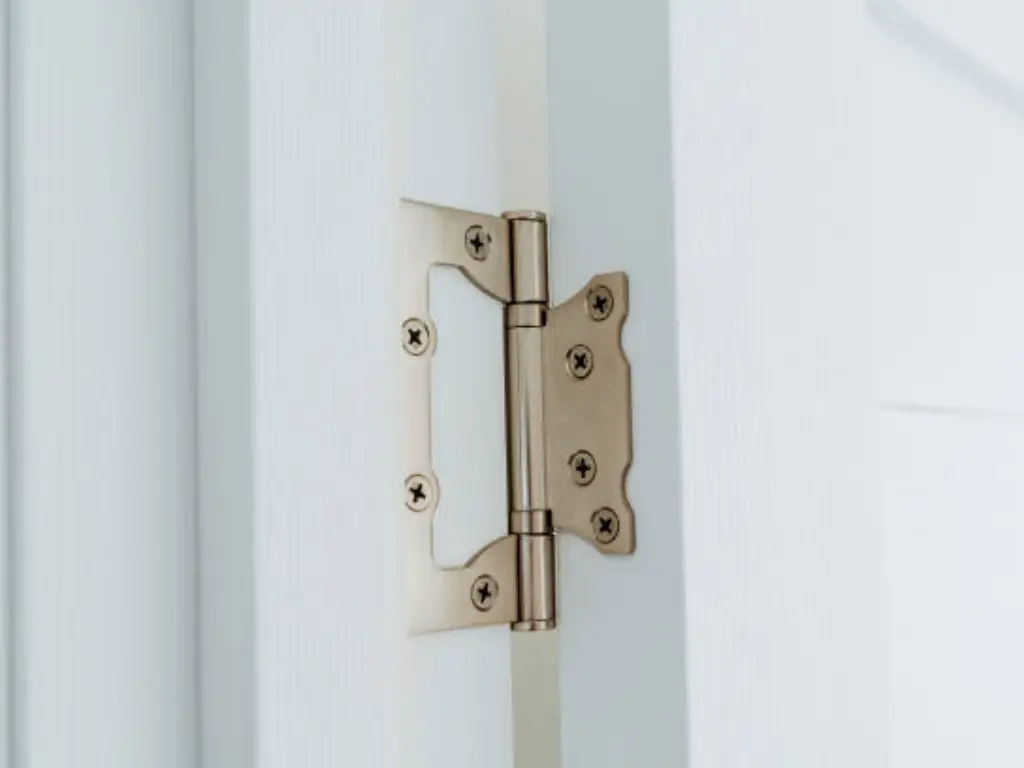
Flush hinges are those that are concealed from view when the door of the cabinet is shut. These are concealed in the cabinet and the door, and therefore do not protrude out to give a flat surface. This makes them ideal for those who want to keep a smooth and continuous look on their antique furniture. Flush hinges are often applied to inset cabinet doors and give a sleek look to the furniture while preserving the spirit of the retro style. They also do not interfere with the looks of the decorative styles like the antique brass or the colonial black finish.
Strap Hinges: For the Rustic Look
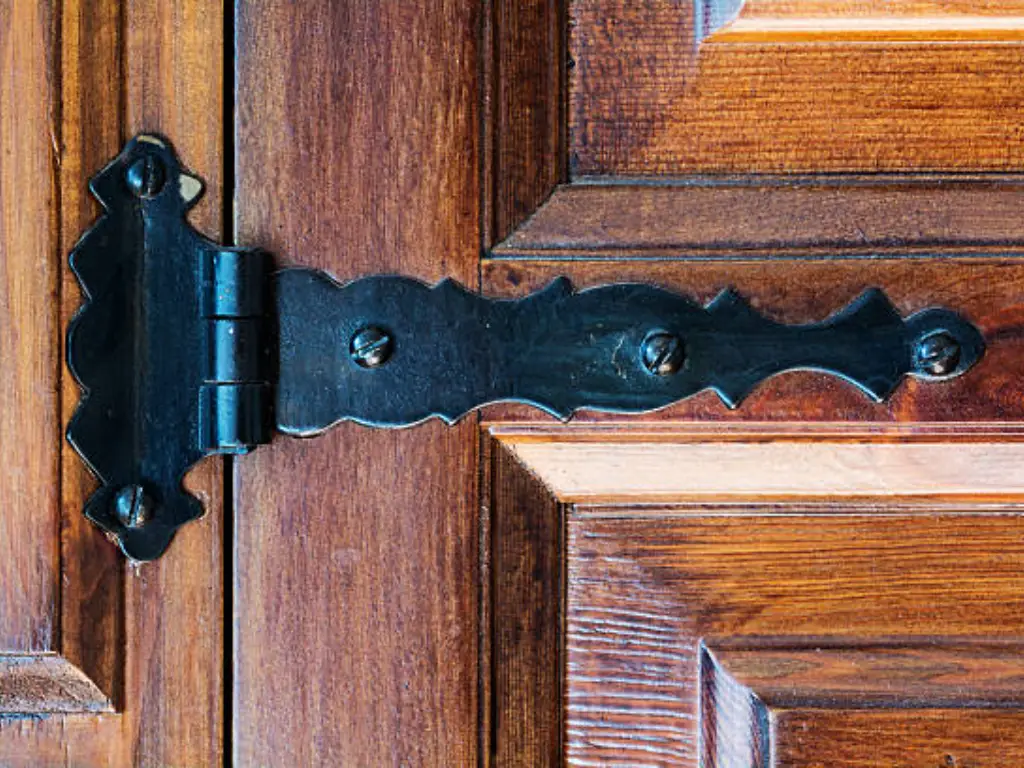
Strap hinges are identified by their long and thin leaves that offer a powerful aesthetic impact. These hinges are used especially on the furniture that has a rustic or farmhouse look, giving it a very vintage feel. They are best suited for wider doors on pieces like armoires or old cabinets, as their construction is strong enough to handle considerable weight. Strap hinges are available in different finishes such as antique brass and wrought iron, which makes them suitable for different styles of doors. Due to their unique design, they are not only the functional hardware but also the design element of the building.
Piano Hinges: Continuous Support
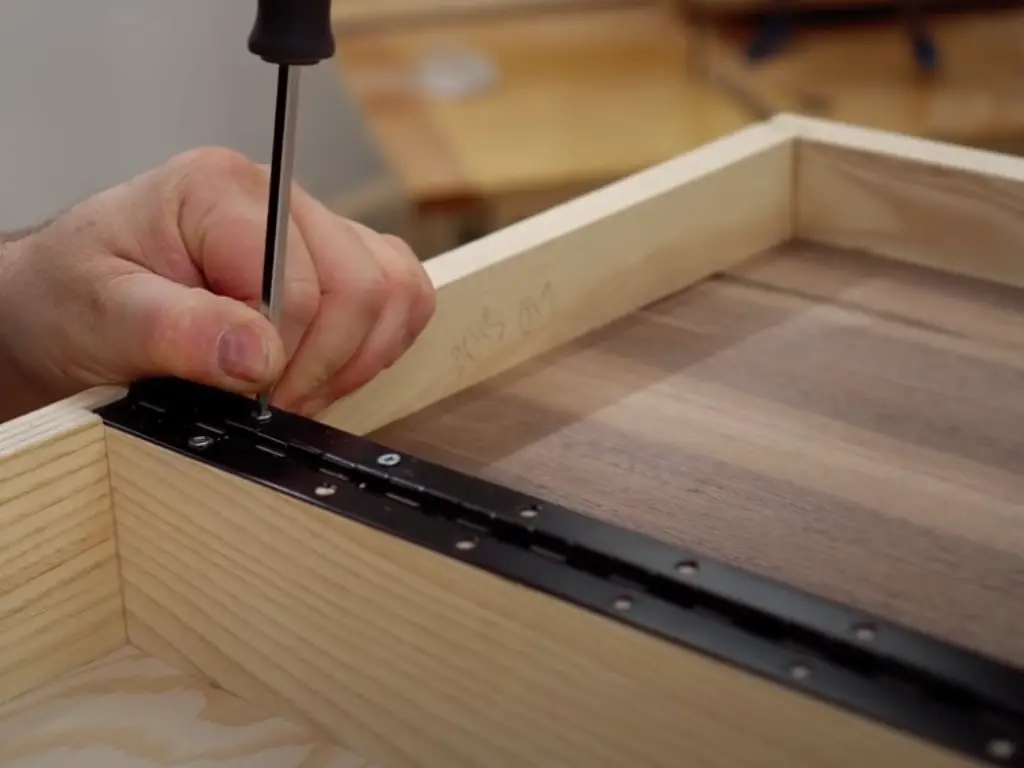
Piano hinges, which are also called as continuous hinges, are installed along the entire length of the door they are used for. This type of hinge is very strong and durable, which makes it ideal for doors that are used often or have a lot of weight on them. Piano hinges are used in the older and high quality furniture where durability was the major factor of consideration. They are particularly suitable for big doors of cabinets or the lids of chests and trunks. Piano hinges come in finishes such as antique brass and satin nickel, making them suitable for use in a variety of decorative themes while enhancing the functionality of vintage furniture.
Specialty Hinges for Unique Applications
Barrel Hinges: Hidden and Sleek
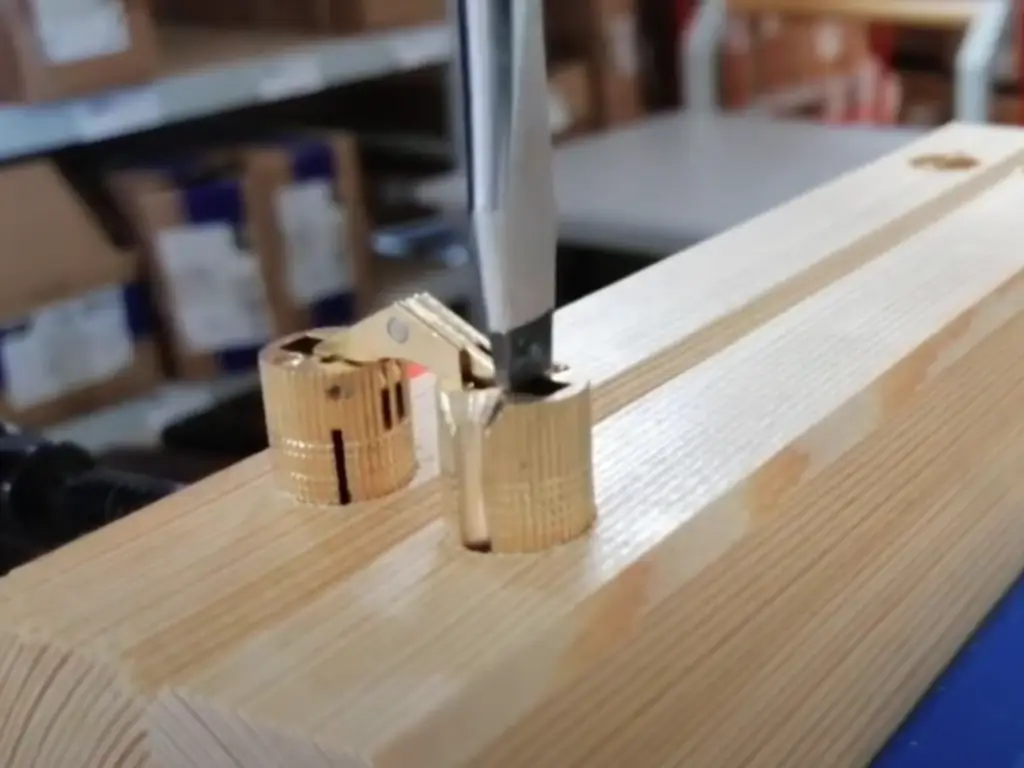
Barrel hinges are a type of concealed hinge that are very popular in modern furniture designs. These are fixed on the door and the frame and are not easily seen when the door is shut as they are hidden. This makes them ideal for cabinets where one wants to have a smooth surface with no obstructions in between. Barrel hinges are mostly used in modern and minimalistic designs, but they can be installed on vintage furniture to update the look. They come in finishes such as satin nickel and antique brass and can easily fit into both contemporary and classic cabinet knobs.
Knife Hinges: Virtually Invisible
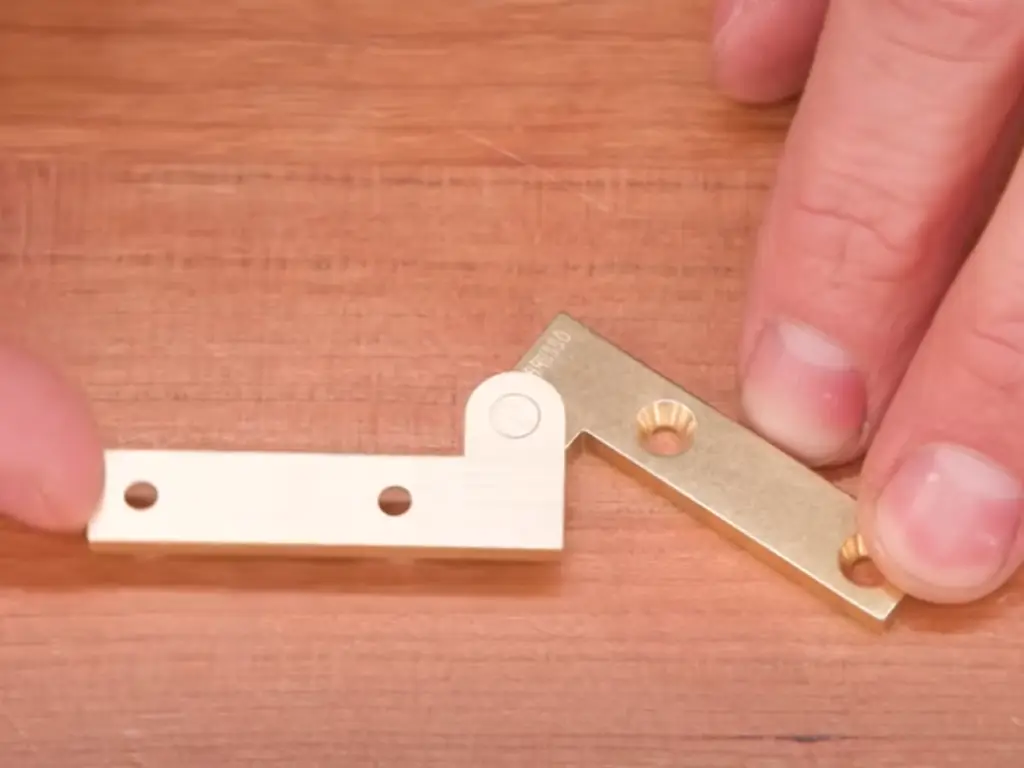
Knife hinges are another type of concealed hinge that are not visible and give the kitchen a very neat look. These hinges are a thin, sharp-edged piece of metal that is inserted into a slot in the door and the frame of the cabinet so that the door can be easily opened and closed. Knife hinges are perfect for those situations where you want to have a very discreet look of the hinge, for example, when working on luxurious cabinets or unique furniture. They are ideal for modern furniture because of their discreet appearance, but they can also be used to create a seamless look on vintage furniture that needs a touch of sophistication.
Pivot Hinges: For Modern Applications
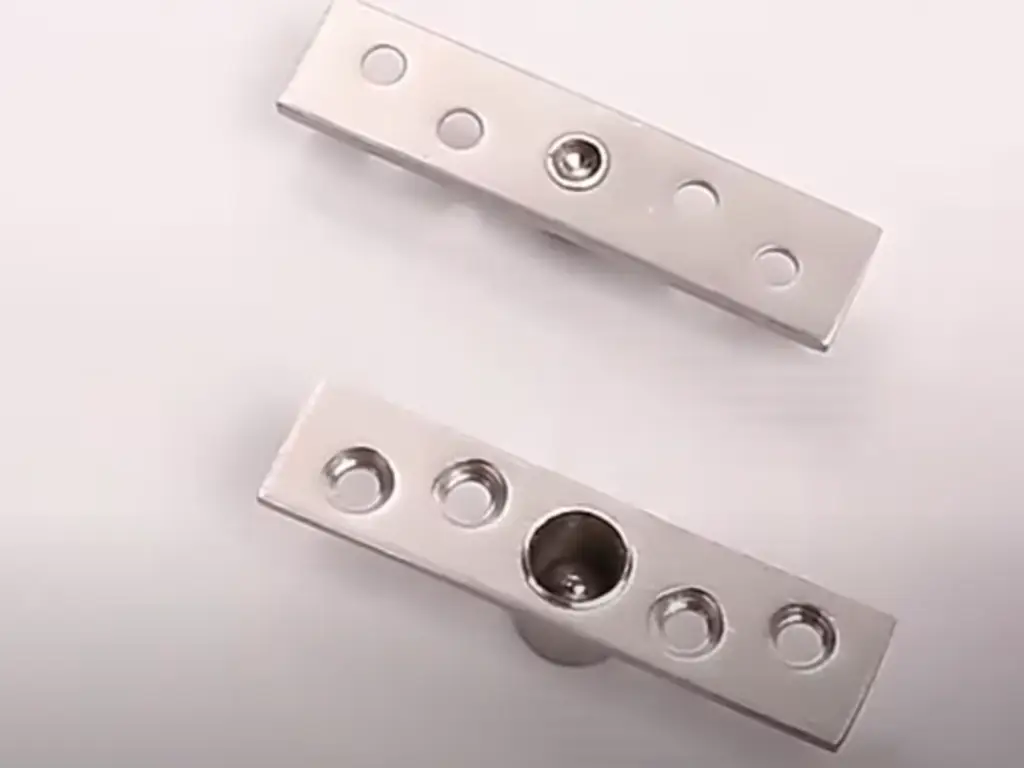
Pivot hinges are different from the standard hinges in that they hold the door from the top and bottom rather than from the side. This enables a smooth and elegant opening motion that is quite different from the conventional methods. Pivot hinges are common in modern and contemporary furniture designs because they are less conspicuous than other types of hinges. They are especially ideal for large or heavy doors like those of armoires or tall cabinets. Pivot hinges are available in different finishes such as antique brass and satin nickel, thus they can be used on both modern and traditional cabinets.
Decoding Hinge Terminology
Overlay vs. Inset Hinges
| Aspect | Overlay Hinges | Inset Hinges |
| Visibility | Often visible, adding a decorative element to the cabinet doors | Less visible, contributing to a streamlined and elegant look |
| Ease of Installation | Easier to install due to less precise alignment requirements | Requires precise alignment with the cabinet frame for proper fit |
| Adjustability | Many modern versions offer adjustability for minor tweaks post-installation | Typically not adjustable, requiring precise initial installation |
| Application | Commonly used in modern cabinetryAlso found in mid-20th century vintage pieces | Associated with traditional and antique furnitureProvides a clean and classic appearance |
| Craftsmanship | Less demand for precision during installation | High level of craftsmanship needed for perfect alignment |
| Durability | Provides standard support | Adds structural integrity by supporting the door within the frame |
It is important to know the difference between overlay and inset hinges when choosing the appropriate hardware for your cabinets. Overlay hinges are those that are placed on top of the frame of the cabinet and hide the edge of the cabinet door. This type of hinge is widely used in contemporary cabinets but may also be present in antique ones. Inset hinges, however, are mounted on the door and the frame of the cabinet in such a way that they are not visible from the outside. Inset hinges are usually applied to traditional and antique furniture, and they give a neat and elegant look.
Self-Closing vs. Soft-Closing Hinges
| Aspect | Self-Closing Hinges | Soft-Closing Hinges |
| Mechanism | Uses a spring mechanism to pull the door closed | Uses hydraulic or pneumatic damping system for gentle, quiet closing |
| Convenience | Ensures doors are properly closed without a firm push | Prevents slamming, enhancing convenience and protection |
| Protection | Keeps doors from remaining ajar | Protects cabinet frame and door from damage due to slamming |
| Quiet Operation | Standard noise level during closing | Ideal for noise-sensitive environments, providing quiet operation |
| Premium Feel | Functional and budget-friendly | Adds a luxurious, high-end feel to cabinetry |
| Common Use | Found in both modern and vintage cabinets | Enhances user experience, particularly in high-end or frequently used settings |
| Variety | Available in various finishes, including antique brass and satin nickel | Available in various finishes, including antique brass and satin nickel |
| Cost | Generally less expensive | Higher cost due to advanced damping mechanism |
Self-closing hinges are those that close the cabinet door once it gets to a certain point of being opened to ensure that the doors are shut properly. This type of hinge is used in most of the modern and antique cabinets. Soft-closing hinges, however, go a step further by having a mechanism that slows down the door’s motion and stops it from slamming shut. This not only serves the purpose of protecting the cabinet and its contents but also gives the furniture a touch of luxury. Self-closing and soft-closing hinges are available in different finishes such as antique brass and satin nickel, which can be used on most cabinets.
Identifying and Matching Old Hinges
Finding and selecting the right type of hinges for the doors can be a time-consuming process, but it is well worth the effort, especially when dealing with antique or hard-to-find cabinet hardware. Start with the shape, size, and the way the hinge is mounted on the door or other surface as these aspects can give some information about the age and the place of manufacture of the hinge. Older hinges may have more elaborate designs such as the scroll, floral, or even have a different patina. The material of the object whether it is brass, iron or any other metal also tells about the period it was made in.
When replacing old hinges, ensure that you get the best match in terms of functionality and appearance. Select hinges that are appropriate for the door and match the existing hardware to retain the historical and aesthetic value. This might entail looking for reproduction hardware in antique stores, salvage yards, or online stores. Make sure the new hinges are of the same wear and color as the existing ones to ensure that the furniture retains its original appearance and value.
DIY Tips for Replacing or Restoring Old Hinges
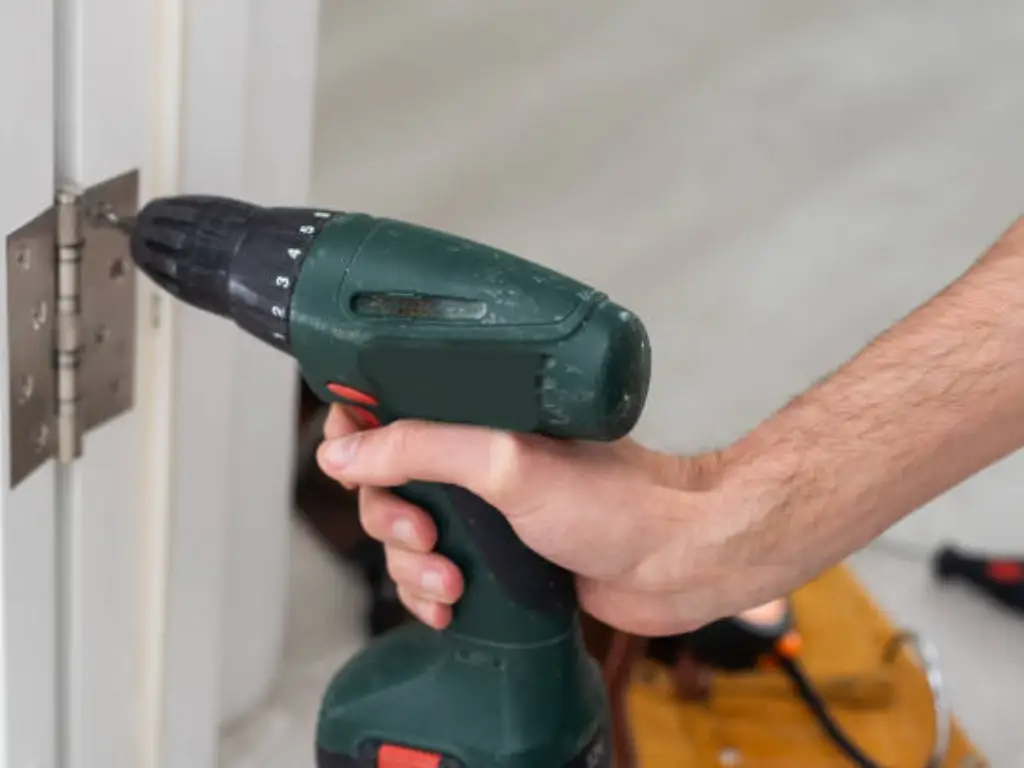
Refitting or refinishing of old cabinet hinges can improve the usability and the appearance of antique furniture. When replacing hinges, it is necessary to measure the original ones, paying attention to the dimensions and the method of mounting. When selecting replacements, it is advisable to use parts that are similar to the original hardware in terms of type, size, and finish. It is important to ensure that the cabinet doors are properly aligned during installation to prevent them from being damaged.
To restore old hinges, first of all, they should be cleaned properly. To clean the hinge, it is recommended to use a mild cleaner that is appropriate for the type of metal used in the hinge and a soft brush to scrub off the dirt and rust. For the hard-to-remove tarnish, one can use a mixture of vinegar and baking soda. After cleaning, the moving parts should be greased using light machine oil. If the hinges are very rusty, clean the hinges with metal polish. Sometimes, painting or refinishing can improve their looks. Make sure that any new finish is consistent with the rest of the house to keep the continuity. Here are some tips that can be followed to maintain the appearance and functionality of the antique items.
Conclusion
It is crucial to learn about the different old cabinet hinge types for anyone who is interested in restoring or refinishing antique furniture. Starting from butt hinges to pivot hinges, all of them are different from each other in terms of their features and uses. If you are going to work with antique cabinet hinges, it is important to know the different types of hinges and the terms used to describe them. If you are in the process of changing the hinges or if you are simply trying to repair the ones that are already in place, the tips and information that you will find in this guide will assist you in attaining the best results. Therefore, the next time you are restoring an old cabinet, do not underestimate the importance of hinges – they can change a lot.






